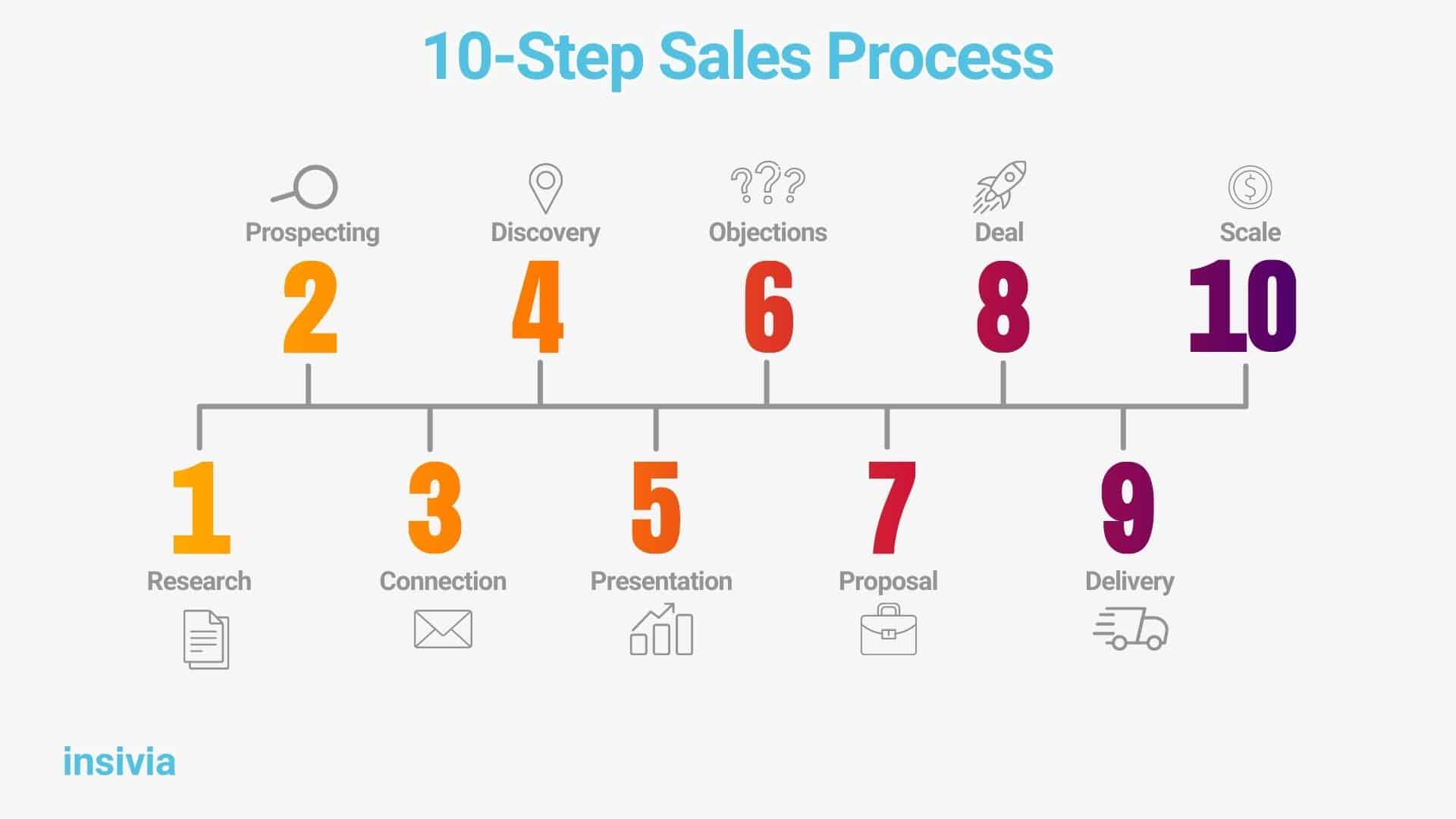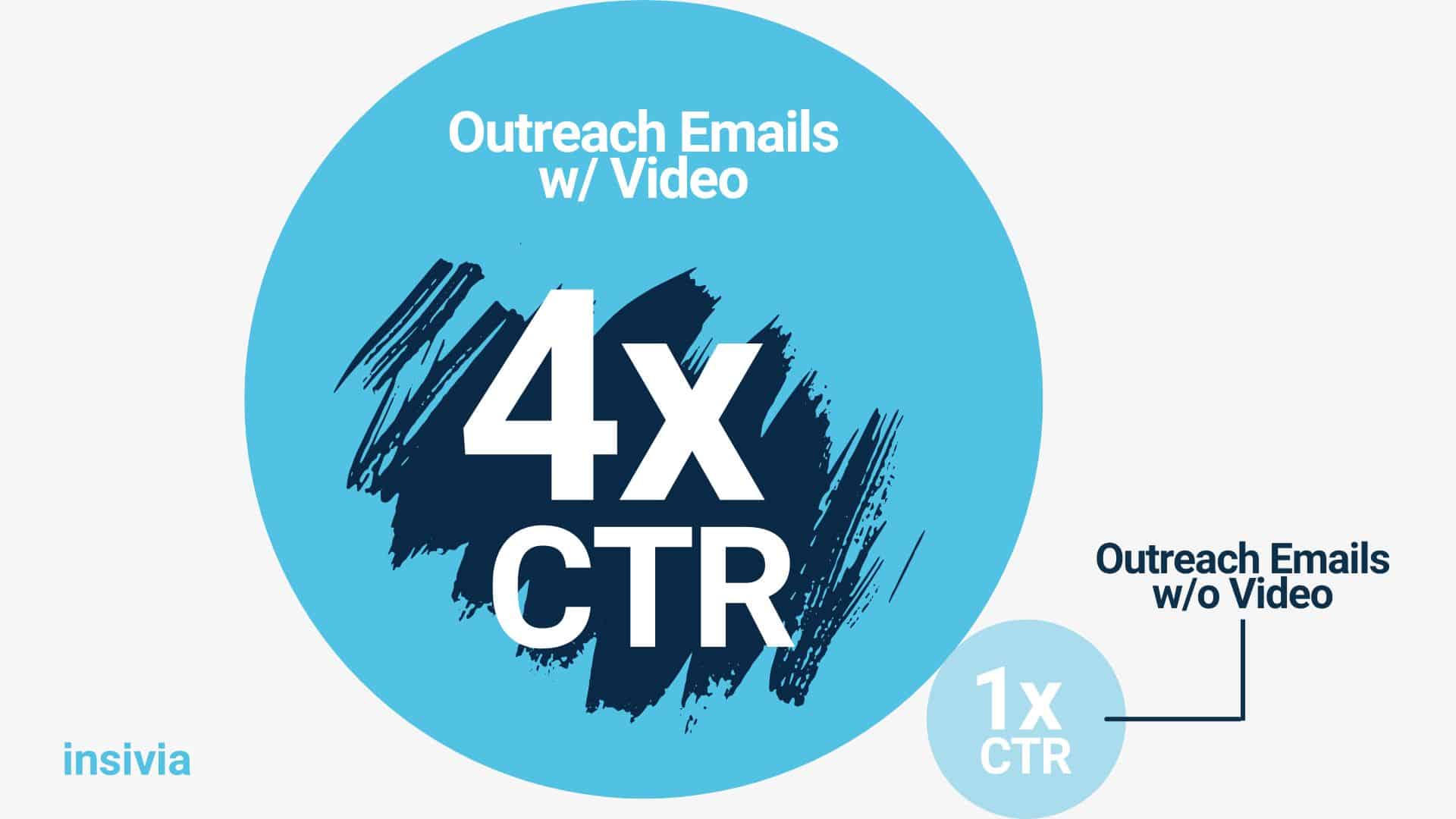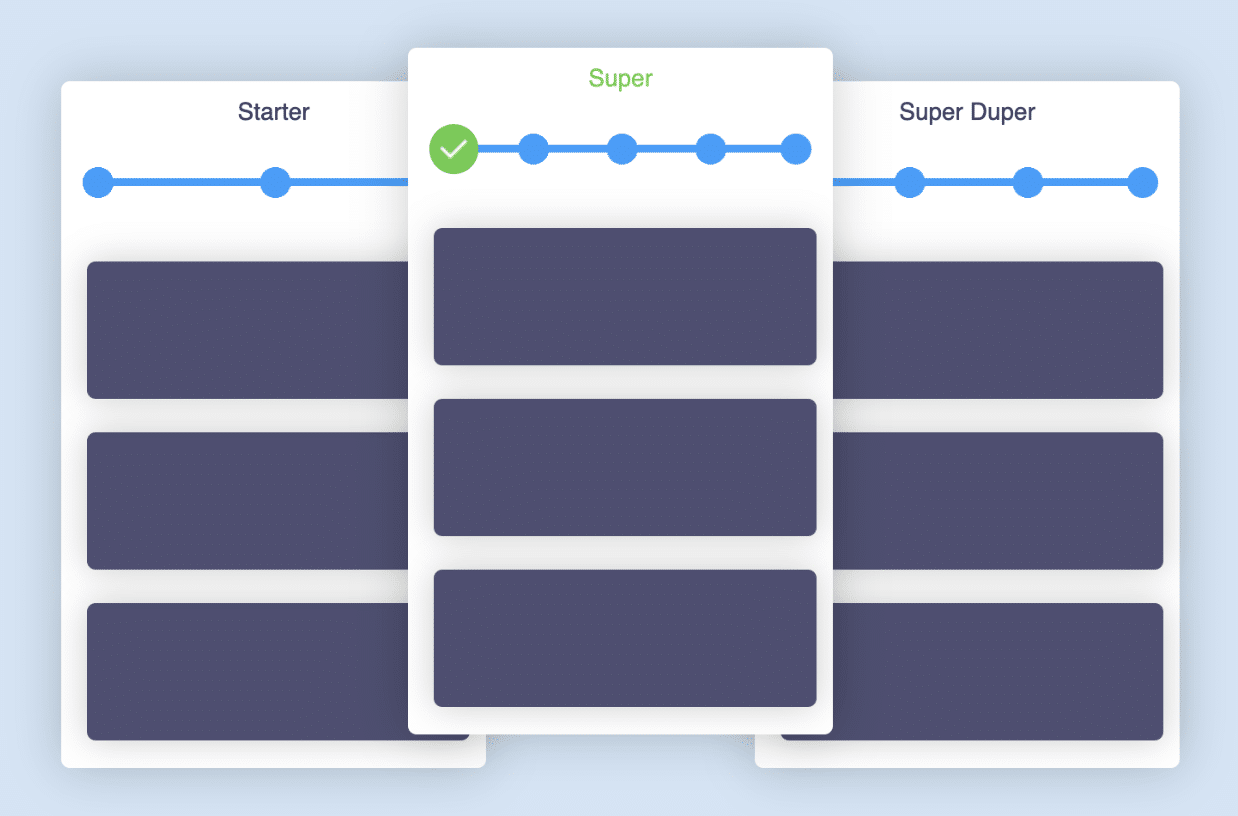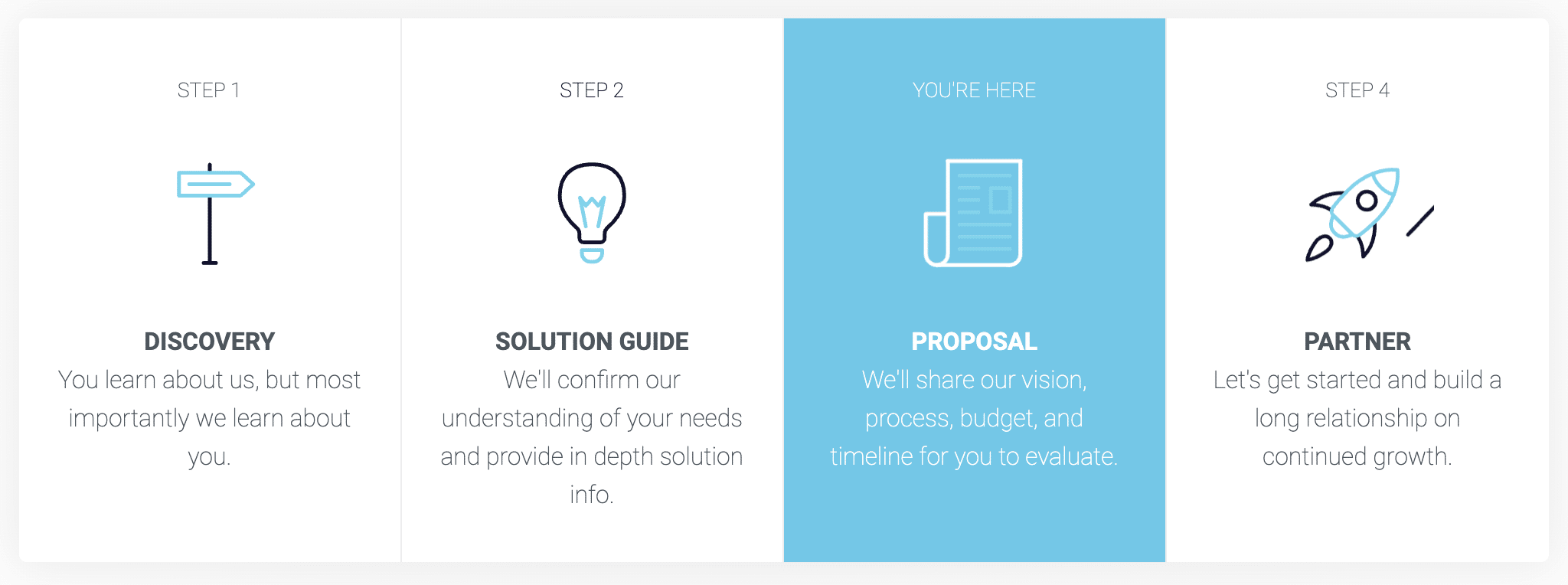Sales technology is extremely important for your SaaS business. We’ve talked about it before, and we’ll probably talk about it again. But sales processes have multiple steps and phases to them. So, how do you know which is the best digital tool for each stage of your SaaS sales process?
Why The Right Tools In The Right Place Matters
As we explained before, sales tools are essential for any business that wants to maximize its sales and increase its profits.
And by using the right sales tool during the right process, businesses can ensure that their sales team is working efficiently and effectively.
The right sales tool can help streamline processes, automate tasks, and provide insights into customer behavior. It can also help identify potential leads and track progress on deals.
For example, you wouldn’t want to present proposal software to a brand-new lead. Neither would you want to share a basic-level explainer video with a potential customer who is in the deeper stages of the sales funnel.
With the right sales tool used in the right process, businesses can make sure they are getting the most out of their resources and maximizing their return on investment.
Today we are going to explore the different steps in the sales process and uncover the best digital sales tools to use in each step so that you and your SaaS company can enhance your processes and scale your business.
What Is A Sales Process Map?
Before we start with the stage-specific- tools, it is important first to understand what the sales process actually looks like from start to finish. This is where a sales process map comes in handy.
As defined by Yesware, sales process mapping is the act of evaluating and visually representing the steps your sales team takes in order to close a deal. And, as quoted by Peter Chun, VP of Inside Sales at Lucidchart, “mapping out your sales process provides the visibility necessary to accurately pinpoint where in the process you need to focus to improve.”
Sales process maps should be thorough, in-depth, and well-designed so that all members of both sales and marketing teams can understand what steps need to be taken to successfully find and convert a prospect. Below is a very simple example of what a typical sales process will look like.

But even though the map above is strikingly simple and generic, it can still give marketers and sales reps some clarity into the direction they are headed and help guide a productive digital marketing strategy.
Sales process maps are incredible tools to align marketing and sales teams and boost conversion rates. Today we are going to be using the one above to identify each step in the sale process and select the best digital tool for each.
Tools to Enhance Research and Prospecting
Customer referrals account for over half of all B2B leads.
Let me say that again.
Customer referrals account for over HALF of all B2B leads.
That statistic came from a sales study by Zippia on B2B companies in 2023.
This means that the best tool you can use to enhance steps 1 and 2 of your sales process (your research and prospect phases) is simply nurturing previous customers to boost loyalty and generate referrals.
I know, I know, customer nurturing is not a digital sales tool. It’s more of a sales technique.
But if you want to generate a large number of high-quality leads that already trust your brand instead of spending all of your time and energy sourcing new leads, building strong relationships with existing customers is an absolute must.
Keep reading to see the actual digital sales tools you can use to boost customer satisfaction, increase customer loyalty, and generate referrals.
Effective Outreach Tools
Now that you have generated leads, hopefully, the majority of them came from referrals, so it is time to connect with them: step 3.
Connecting with new leads is not just about sending them an email or cold call. It is the first step to truly building a relationship with the prospective customer. One great way to engage prospects during initial communication is by including a video.
Utilizing video can have a wide range of benefits, including saving you time and money. But the most important asset of video technology is how effective it is at adding a personal factor to customer interactions in remote selling settings.

In an impressive statistic from Vidyard, it is reported that remote teams that use video in their outreach emails have 4x the CTR of emails without, leading to an increase in response rates and greater engagement from prospects.
On the whole, it is clear that videos are a simple and effective way to engage with prospects during the outreach stages of your sales process and start building trust.
Utilizing Digital Tools to Assist with Discovery
During the discovery phase of the sales funnel (step 4), it is important to genuinely engage with prospects in order to understand their unique pain points, problems, and goals.
Explainer videos, similarly to introductory videos, can be incredibly effective both at saving time (since they only need to be shot once and can then be sent to hundreds of prospective customers) and at bringing awareness to the customer about the specific solution your company offers.
Here is a great video on how to create a great explainer video and why it is important for your company.
But while explainer videos are pre-recorded and address the general pain points that your prospect feels, it is important to also take note of their unique problems to that when you share your presentation, they understand that you are eager to serve them specifically.
Tools to Boost Presentation Engagement
A novel technology in the world of remote sales is the digital sales room.
A digital sales room, as defined by Saleslion, is an asynchronous online space that allows companies to share information and resources with buyers, enabling a streamlined buying experience.
Saleslion’s digital sales rooms specifically have multiple pages, one specifically designed for enhancing the fifth step of the sales process: the sales presentation.
With interactive boards that both the seller and buyer can adjust to reflect the customer’s unique priorities, digital sales rooms are incredibly effective sales and marketing tools for boosting presentation engagement.
As identified in the video above, it is crucial that the sales presentation, be personalized and tailored to the specific customer being presented to so that they know that you actually care about serving them.
It is also important to include an actionable CTA so that the prospective customer can follow up and keep moving forward through the sales process.
Assisting both sales and marketing efforts, digital sales rooms do all of the above and more. While still relatively new, digital sales rooms are revolutionary sales productivity tools that enhance almost every aspect of the sales process.
Addressing Concerns and Objections
As with most complex solutions that SaaS companies offer, customers will have often concerns or objections about the product or service, or simply how effective it really is.
In step 6 of the sales process, it is important to address these objections by proving resources and materials that solidify just how impressive your solution is and how much your prospects need it. Below is an example of a graphic one might find on a product tour.

A product tour is a great way to remove any lingering doubts in the minds of your prospects and boost their trust and confidence.
While either as a video, a slide deck, or a page in a digital sales room, product tours stand as an in-depth tool to validate the quality of your solution and as resources to consume to help your customers make an informed purchase decision.
Revolutionizing the Proposal Stage with Sales Rooms
Creating a sales proposal is the last step in the sales process before the deal is closed. Because of this, the proposal needs to be great.
Through the last 6 steps of the sales process, your prospects will have come to learn more and more about why your solution is the right choice for them and why you are a trustworthy brand to invest time and money in.
Now, while creating a proposal and closing the deal (steps 7 and 8), it is important to keep up that track record.

Utilizing a digital sales room again, this time the proposal page, your proposal should be clear, well-articulated, and personalized to the specific customer. Also, engaging your audience with videos and graphics can do wonders for the success of the proposal and deal.
While Saleslion’s digital sales rooms assist with many stages in the sales process, their effectiveness when it comes to creating a personalized proposal page that allows companies to close more deals, faster, is icing on the cake.
On the whole, a digital sales room is an incredible sales productivity tool to use in the proposal and deal stages of the sales process.
Sales Tools to Assist with Delivery and Scaling
At the very beginning of this blog, we talked about how the best tool for research and prospecting is customer nurturing. Well, this is where that tip really comes into play.
Even after the deal is closed, your sales cycle should still continue.
Delivering your solution to your customers in a timely manner is a simple and effective way to boost customer satisfaction and retention.
One tool specifically that is incredibly effective at helping you manage and nurture your customers long after the deal is closed is CRM (customer relationship management) software.
While it might seem like an odd use of time, energy, and money to invest in existing customers and manage communications with them, utilizing CRM systems will have a two-fold benefit for your SaaS company.
Firstly, managing customer relationships will not only help boost satisfaction but it will also greatly reduce churn, saving incredible amounts of money in the long run.
And secondly, when you are consistent about engaging with customers you will build lifelong loyalty within your customer base. This loyalty will eventually lead to referrals which, if you remember from the beginning of this blog, make up more than 50% of all leads generated.
Having a passionate and loyal customer base will allow you to scale your business rapidly and securely, making CRM technology an incredibly important part of your toolkit.
Key Takeaways
Generally speaking, leads come in from a website or a referral, leads turn into an email you are following up on, then a phone call, meeting, proposal, follow-up, review meeting, contracting, etc. Utilizing technology at each stage of this process can boost the efficiency and effectiveness of marketing and sales efforts across the board.
If you have not implemented these sales and marketing tools into your systems yet, it is not too late to do so. Strategically map out your specific sales process, identify areas that need improvement, incorporate technology into those areas, and get ready for your company to soar.
Written by: Tony Zayas, Chief Revenue Officer
In my role as Chief Revenue Officer at Insivia, I am at the forefront of driving transformation and results for SaaS and technology companies. I lead strategic marketing and business development initiatives, helping businesses overcome plateaus and achieve significant growth. My journey has led me to collaborate with leading businesses and apply my knowledge to revolutionize industries.
